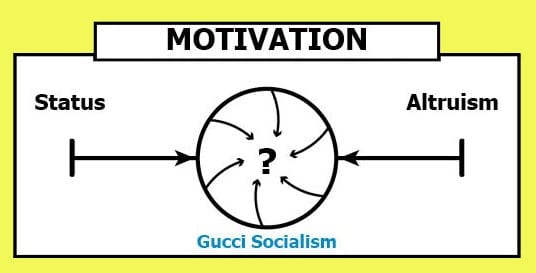In the spirit of collaboration, currently I am developing a global trends model titled From Paradigms to Paradoxes. A paradigm is a typical pattern, model or worldview of a particular subject. For example, when considering the subject of motivation, we might agree its pattern in the 1940s and 50s was based on status (“keeping up with the Joneses”) whereas in 2011, that pattern might shift to altruism (corporate social responsibility; celebrity philanthropy; purpose-driven profit). What we experienced and/or witnessed over the past 60 years is a shifting from one motivational paradigm to another.
Prior to digital technologies (1970s), a social change of this nature took 20 years to unfold. The slower pace allowed a gradual experience of the endings, transitions and new beginnings accompanying any evolution. This elongated adjustment period correlated with a lower volume of complexity and stress. Not so today. By the 1990s, with the introduction of automation technologies, the social change cycle halved from 20 to 10 years. By 2000, it halved again to 5 years, and 2010 brought a further reduction of 1 to 3 years.
An increase in complexity and stress in individuals’ lives accompanied this accelerated cycle. Why is this? Because instead of living in one paradigm (status) or the other (altruism), today we find ourselves with a foot in both worldviews dealing with the contradiction, confusion, complexity and stress inherent in a paradoxical situation.
While paradigms allow us to choose between Either/Or, paradoxes present us with contradictions (Both/And) that create a state of inner conflict and inconsistency. By our very nature as evolving organisms, we attempt (in healthy or unhealthy ways) to resolve this inner conflict in order to reduce and manage the complexity and stress. A healthy resolution is viewed as a breakthrough — even a peak experience — and typically results in a convergence of the two seemingly opposite paradigms. Use the motivational paradigm to test this out. Ask yourself, “Am I living in the pull of both status and altruism? If this is the case, what do you see as their convergence — the Both/And? For me, I named this convergence “Gucci Socialism” because “I want it all (conscious abundance) and I want everyone else to have it all, too.”
The first iteration of From Paradigms to Paradoxes was created and ‘beta’ tested with my chief collaborator, Jeff Couture. We further iterated the model with various business groups and plan to continue with this action research approach (experience-feedback testing) over the next several weeks. Currently, our model consists of eight continuums representing various paradigms from the past that evolved into today’s paradoxes.
We are eager to test our thesis and are hoping you will collaborate with us over the next several weeks to evolve and iterate the model. For today — do you agree with our motivational paradigms (status and altruism)? If no, what do you think are the two paradigms? If yes, what do you see as their convergence? We look forward to your comments.





